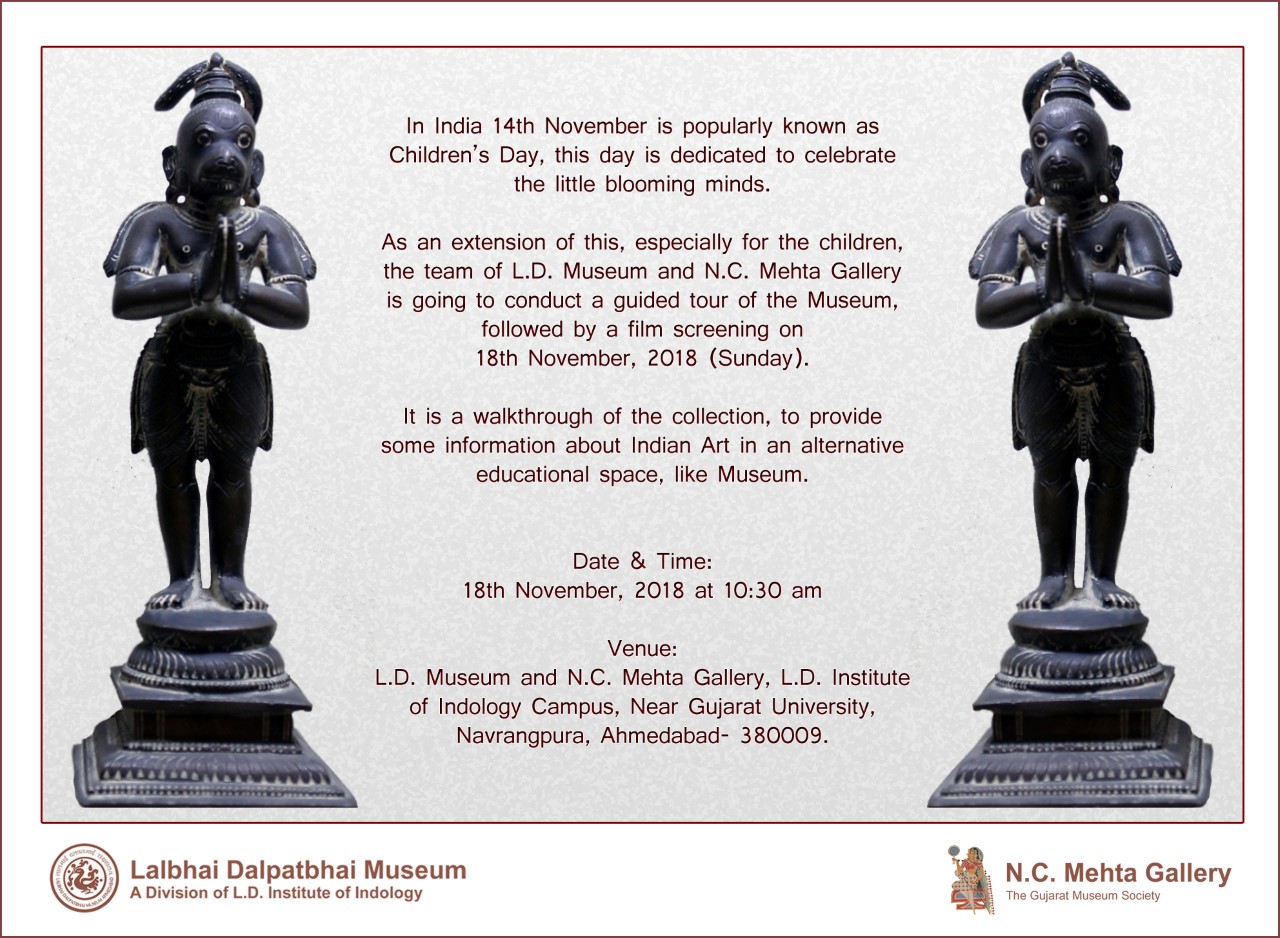
The Mughal Empire extended over the Indian subcontinent between the early sixteenth and the early nineteenth centuries. The Mughals were Muslims of Mongol origin: the founder of the empire, Babur, could trace his descent from both Chagatai Khan, the second son of Genghis Khan, who inherited what would become known as the Chagatai Khanate; and Timur, founder of the Timurid dynasty. Against a background of infighting within the Timurid dynasty, and conflict between the Timurids and the Uzbeks, who were led by Muhammad Shaybani, Babur was forced to base himself at Kabul following the loss of his homeland Farghana and his repeated failure to take Samarkand. Seeking refuge from the Uzbeks, he eventually took his forces into northern India, and established the Mughal Empire upon the First Battle of Panipat in 1526.
The capital of Babur’s Mughal Empire was at Agra; and it shifted between Agra, nearby Fatehpur Sikri, and Lahore, before settling in 1648 in Shahjahanabad, known today as Old Delhi. The walled city of Old Delhi was constructed between 1638 and 1648 by Emperor Shah Jahan. The period of his rule has been characterised as the golden age of Mughal architecture, seeing the construction of the Taj Mahal, in Agra (1632-1653); the Red Fort, which served as the Mughal emperor’s Delhi residence (1648); the Jama Masjid, Delhi’s most famous mosque (1650-1656); and the Shalimar Gardens in Lahore (1641) and the Shalimar Bagh in Delhi (1653), both inspired by the Shalimar Bagh of Srinagar, Kashmir, built by Emperor Jahangir (1619). The Mughal Empire reached its greatest extent under Shah Jahan’s successor, Emperor Aurangzeb, before declining rapidly in the century following his death in 1707.
Babur had been heavily invested in Persian culture, and developed a strong relationship with Safavid Persia. This connection was further cultivated when Babur’s son, Humayun, was forced by the rise of the short-lived Suri Empire to spend fifteen years in Persia in exile. Humayun recovered his kingdom in 1555, with the help of the Safavids, and in the process extended the land he would leave a year later to his son Akbar.



